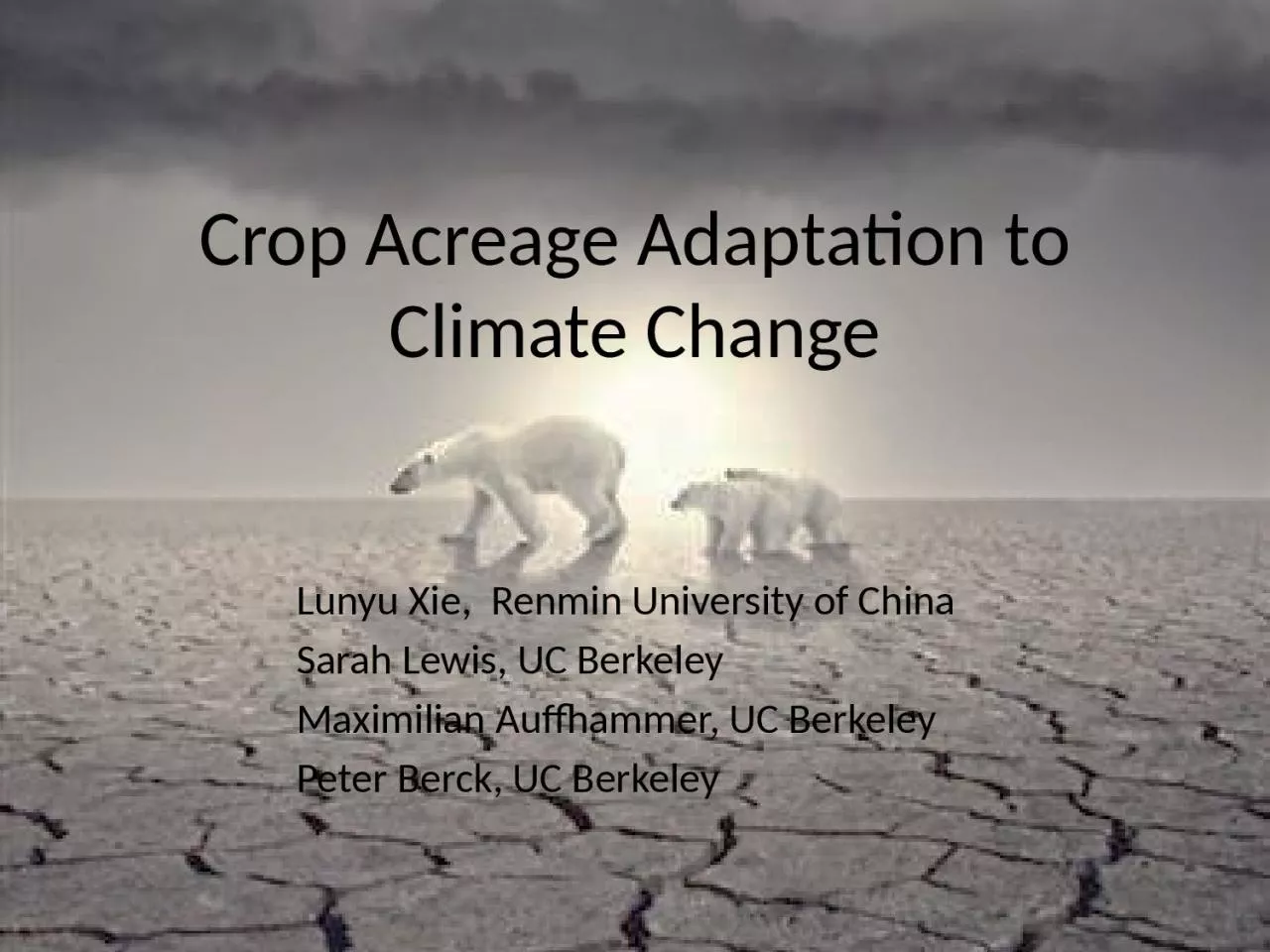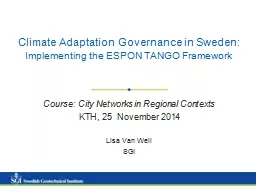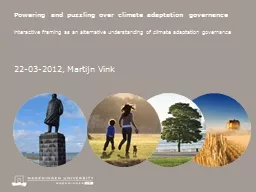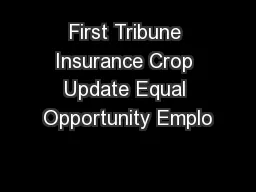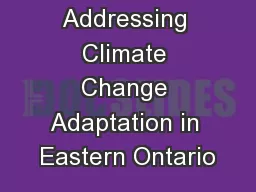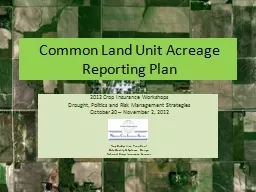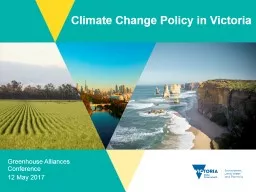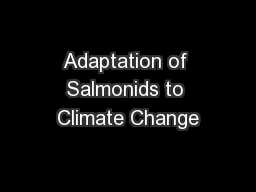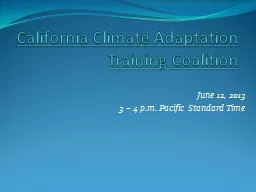PPT-Crop Acreage Adaptation to Climate Change
Author : fauna | Published Date : 2024-01-13
Lunyu Xie Renmin University of China Sarah Lewis UC Berkeley Maximilian Auffhammer UC Berkeley Peter Berck UC Berkeley INTRODUCTION Why I mportant Crop yields
Presentation Embed Code
Download Presentation
Download Presentation The PPT/PDF document "Crop Acreage Adaptation to Climate Chang..." is the property of its rightful owner. Permission is granted to download and print the materials on this website for personal, non-commercial use only, and to display it on your personal computer provided you do not modify the materials and that you retain all copyright notices contained in the materials. By downloading content from our website, you accept the terms of this agreement.
Crop Acreage Adaptation to Climate Change: Transcript
Download Rules Of Document
"Crop Acreage Adaptation to Climate Change"The content belongs to its owner. You may download and print it for personal use, without modification, and keep all copyright notices. By downloading, you agree to these terms.
Related Documents

